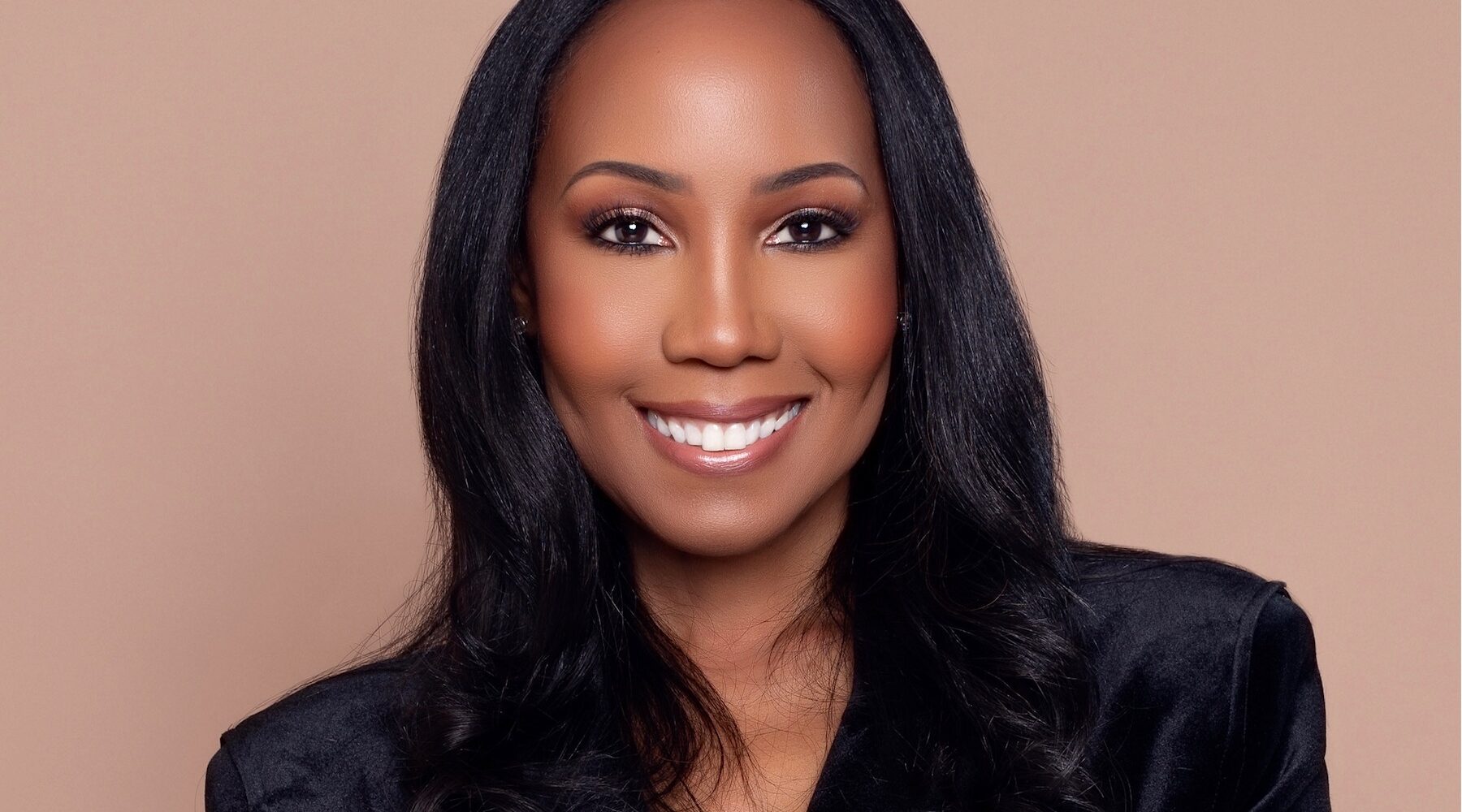
How Cocotique Became One Of The Most Covetable Subscription Boxes For Women Of Color
Eight years into running Cocotique, Dana Hill Robinson finally realized what spurred her to create the monthly subscription beauty box company. Separated from her mom as a toddler, Hill Robinson grew up with her dad and brother in the United States while her mom lived in the Netherlands. Starting at 11 years old, she began traveling to the country to visit her mom during the summer. “She had these amazing oils from Indonesia, which is where she’s from, that she’d put in my hair, and I used to play with her makeup,” reminisces Hill Robinson. “That was our time to bond.” The rest of the year was very different. Hill played baseball and football. She says, “I was a little tomboy.”
Unconsciously, Hill Robinson’s mom served as inspiration for Cocotique, which unearths beauty treasures that women of color can bond over or just experiment with on their own. It’s shipped more than 250,000 boxes and has an e-commerce component where users can buy the products featured in the boxes—and they do. Nearly 95% of subscribers, who are largely between 25 and 54 years old, purchase products they discover in Cocotique’s boxes, and almost 93% make a repeat purchase.
To subscribers, Cocotique acts as a trusted beauty product evaluator. “It’s a way to know that the products are vetted by someone that understands your challenges, understands what you need for your hair, understands what you need for your skincare,” says Hill Robinson. “They know that they’re going to get products that will work for them. So, it’s a time saver and a money saver because you’re not just out there trying things that don’t work for you.”
Hill Robinson has tended to stay behind the scenes at Cocotique, but is increasingly stepping into the spotlight as the face of her business in IG Live sessions and press interviews. As a part of her new out-front chapter, she spoke to Beauty Independent about her career, securing brands for Cocotique in the early days and what’s to come for the company.
What were you doing before you launched Cocotique?
I’ve always been interested in fashion and beauty. I studied business in college, but I wanted to study fashion. My father wanted me to have a strong foundation in business. I got engaged and moved to London, and finished my degree over there. Prior to that, when I was going to NYU, I had a part-time job working in the PR department in Calvin Klein. That was when Grace Coddington was head of design at Calvin Klein and ended up being the fashion director at Vogue. I became friends with one of the head designers there.
Fast forward to when I’m finishing my degree in London, he was actually Tom Ford’s assistant at Gucci when he was at Gucci. When I finished college, he asked me, “What do you want to do?” I said, “I really want to work at Vogue. That’s my dream job.” So, he ended up reaching out to Grace, who was his boss, and I came back to the States for an interview. It was in December of ‘91. I went in and had my interview with her and, six interviews later, I met with Anna Wintour. She was my last interview, and I got the job.
I started my career off as an assistant fashion editor in the marketing department. Then, my boss began working on shoots, and I assisted her. I just loved the whole transformation of models and working with the best of the best. That was a huge, huge moment for me. From there, I moved to Harper’s Bazaar and assisted the fashion director and traveled all over on set working with the best makeup artists and hairstylists. It was just a dream for me.
After a while I just wanted something a little bit more substantial. I was really interested in law. So, I decided, you know what, I want to go to law school. I left Bazaar, and I was studying for my LSATs. In the middle of all that, Russell Simmons was dating one of my friends, and he asked me, “I would love for you to come over and run my PR for Phat Farm.” This was in ’94. Basically, his goal was for me to help him bring Phat Farm to the mainstream because of all of my contacts and fashion. I came on board and ended up staying there for six and a half years. It was a really small entrepreneurial company, so I was really able to do pretty much what I wanted to do.
The first fashion show [for Phat Farm], I remember it was men’s clothing and I said, “you know what? This is going to be boring. We just can’t have men, we’ve got to have some women.” And at the time we didn’t have a full Baby Phat line so I just kind of created some pieces from some of my favorite pieces and had someone copy them. We actually did a fashion show on Seventh Avenue and it was covered in WWD and Vibe magazine at the time, Elle magazine, all of these places. So that’s how Baby Phat launched.
After six and a half years, I was headhunted to go to Arista records to work in artist development. I decided to take that leap because, when I was working at Phat Farm, I always got pushback from people that would say, “Oh, you know, she just got that job because she was friends with Russell.” I felt it was time to just do something on my own. From there, I went to work for Jay-Z and Damon Dash at Rocawear to do marketing. The brand went from like $80 million to almost a $200 million company while I was there. The first campaign we shot was in Paris with a fashion photographer, and no one had done that before at the time in the urban fashion world. We shot with Naomi Campbell, we just did a lot of things that weren’t the norm.
After there, I went to work with Eve when she was launching her clothing line. We launched at Macy’s and had the windows on 34th street with all of her clothes. That was a huge moment in my career. The licensing for the brand was bought by another company, and that’s when I decided it was time for me to start my own thing. I started a consultancy in 2004 called Divine Marketing Group, which was a fashion, beauty, jewelry consultancy where I did PR through 2012.
What led to Cocotique?
What laid the foundation for me to start Cocotique was my background working for entrepreneurs such as Russell Simmons, Damon Dash and Jay-Z. My positions allowed me to be creative and pretty much do what I wanted to do. I got the idea to launch Cocotique in 2012. The subscription world was taking off. I was a subscriber, but wasn’t really satisfied because I wasn’t receiving products that were geared to women of color. So, I decided I’m going to do my own box.
It took me about a year and a half to understand the business model and, of course, get the money together to start it. There was Facebook, but I don’t think there was Instagram or Twitter. We would reach out to different bloggers. That built up anticipation for the boxes that were coming. It also got the attention of some brands. So, brands began to reach out to me even before the launch such as Cover FX, which was in our first box. They were a huge validation that I was doing the right thing.
I have a business partner who actually was one of my PR clients. I told her about the idea that I had, and she believed in me. She was my angel investor, and we started off with probably about $150,000 initially to get everything off the ground. That was spent over the course of that first year or so. We’ve been bootstrapping ever since then.
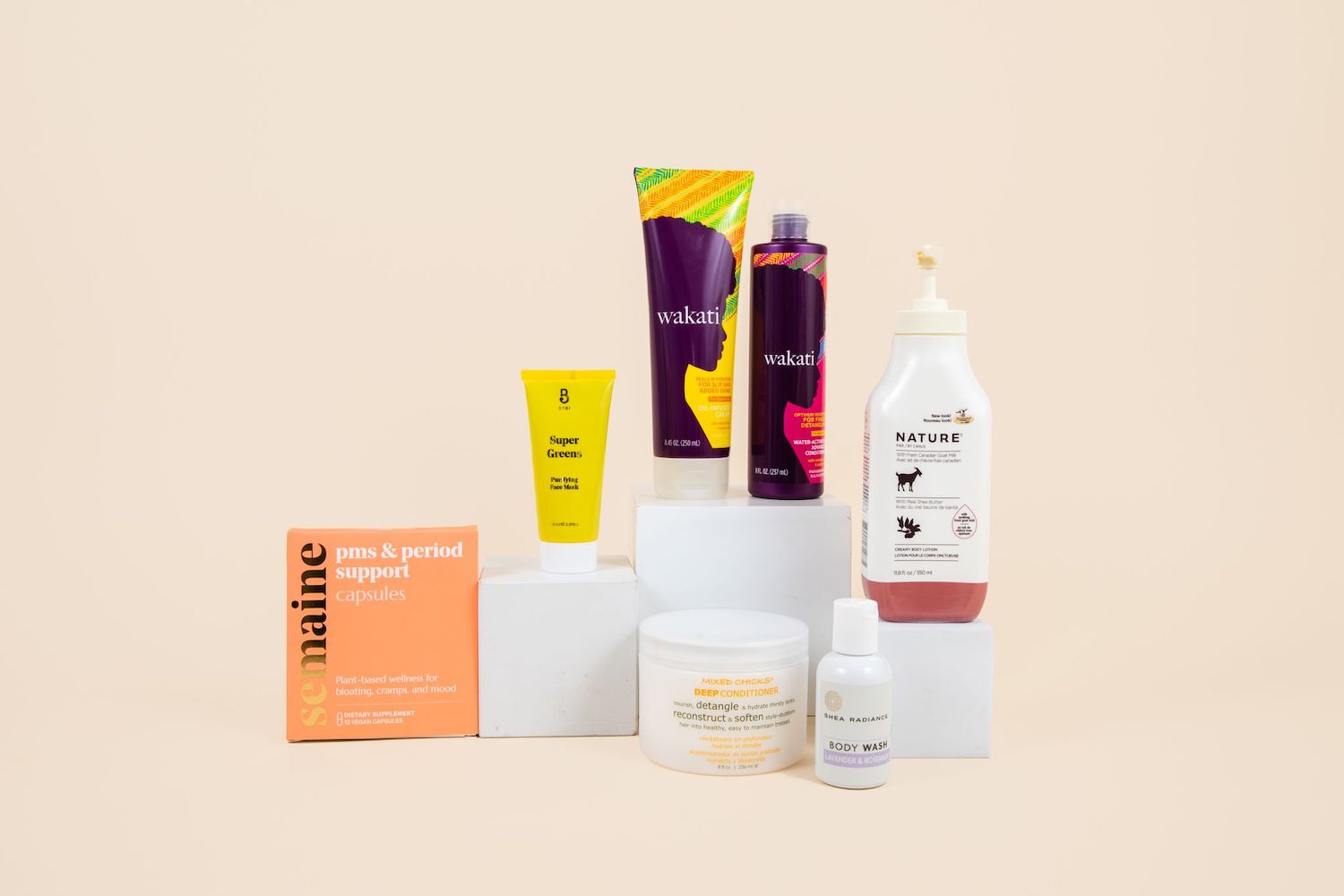
What was it like securing partnerships with brands early on?
It was definitely a challenge because we didn’t have a huge following at the time. Now, I get a lot of brands that will reach out directly to me that want to be in the box, but, back then, I had to cold pitch people. I did have, luckily, a lot of connections in the haircare and skincare world, so it wasn’t as difficult as it could have been.
For that first box, I remember I had a friend who came out with concealer for your toes. I just never wanted to see marks on my toes. It was a nemesis for me, so that was one of the first products in our box. Jeanette Jenkins, the Hollywood trainer, I met her when I was doing gift boxes for Essence. She was in one of our first boxes. There was a nail polish company that my friend ran. It was difficult reaching out to brands that I had no relationship with, but, over time, it became easier and easier as we grew.
We’ve worked with over 300 brands over the past eight years. Many of them come back over the course of the year when they have new launches. We’ve worked with Palmer’s quite a bit, and they have a takeover box coming up in November. They have great brand recognition. Eden Bodyworks is one of the Black-owned brands that we work with quite a bit who’s been very supportive from the very beginning. Dove and Unilever use us as an outlet when they’re launching new brands. Design Essentials, Creme of Nature, Lottabody, there have been so many.
How did you land on the price for your boxes? And has that changed over the years?
We priced ourselves along the same lines as our competitors. When we first started, we were $20 a month, and there are discounts if you take a three-, six- or 12-month subscription. Over time, postage rates increased. I believe it was in 2017 that I raised the price to $25, and that’s what most of our competitors had done as well. We do offer free shipping. I was so nervous to do it because that’s kind of a big jump, but I knew, in order to remain competitive as a business and be profitable, I had to do it. Even though I knew there may be some subscribers who would decide to unsubscribe, I just had to take that loss.
What we did is we let them know two months ahead of time that we were going to raise the price, and we allowed them the opportunity to extend their subscriptions, and they would be grandfathered in so that their price would stay the same, for example, if they had a three-, six- or 12-months subscription. That’s what quite a few of our subscribers did in order to maintain that price. Then, once the new subscribers came on at $25, it hasn’t been a problem.
How do you go about selecting brands? Do you prioritize Black-owned brands?
We do feature quite a few Black-owned brands in the box each month. We’ve also done what’s called our limited-edition box, which is a non-subscription box. For that, we had a box that was all women of color brands, which did well. We’ll be doing more of those in 2022.
It’s not just products that are all Black owned, but they are all products that maybe, traditionally, we may not pick up in a store. There are so many options that you just don’t know what’s going to work for you. And that’s one of the things I wanted to be a solution for: Wasting your time, wasting your money, just picking up something and not knowing it’s going to work for you.
In conjunction with featuring established Black-owned brands, I love to find indie and emerging brands that you may not have heard of but have products that will work for our hair textures, skin tones and specific needs. I’m also big on making sure our community understands the connection between what you put on your skin in terms of toxicity. Not everything is clean beauty, but I do put a big emphasis on ingredients and making sure that the products are as clean as they can be as well and natural.
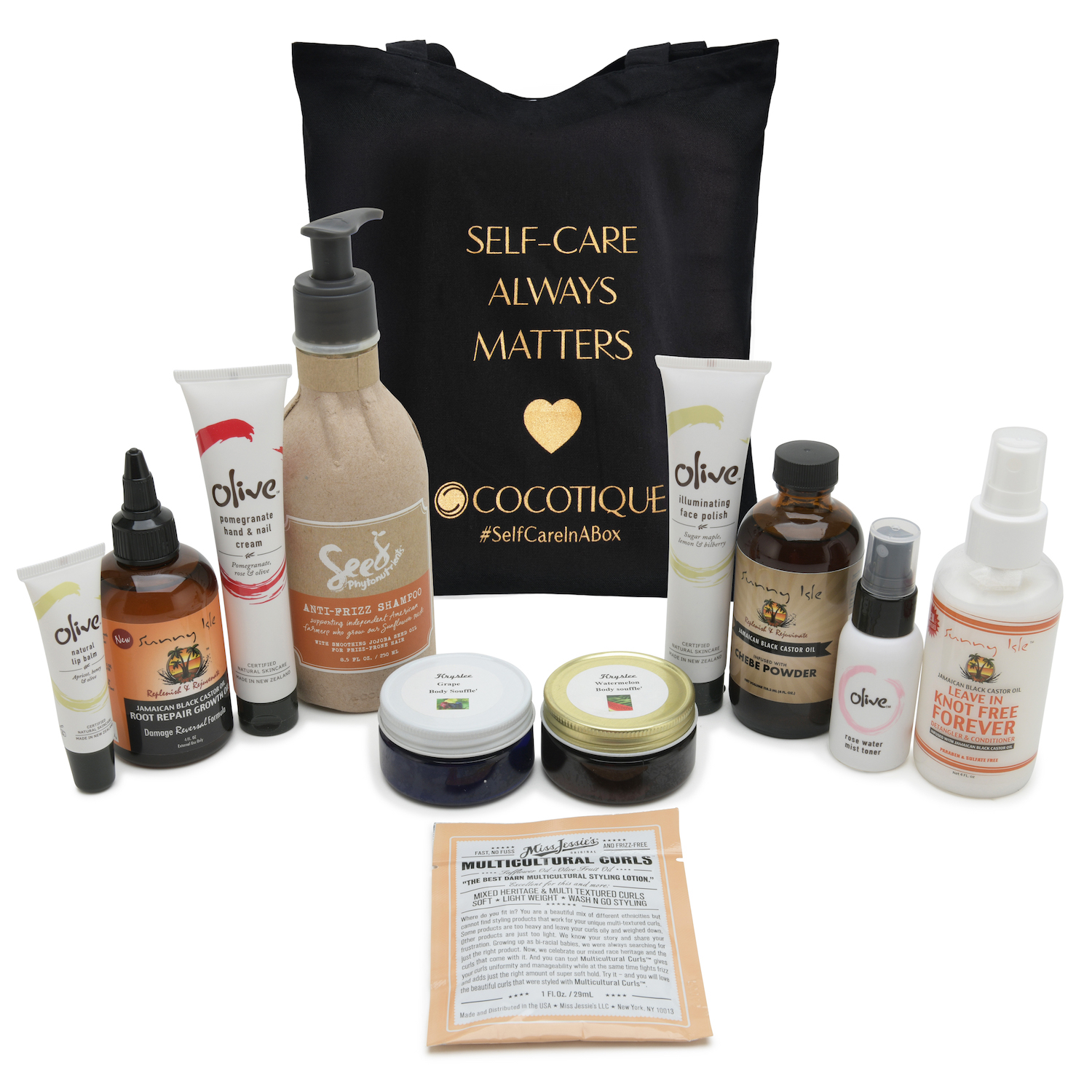
Is there a category that’s proven to be the most popular?
Haircare and skincare evenly. We survey our subscribers every month: What do you like? What don’t you like? Why do you like this? How much do you shop? How much do you spend on haircare? It’s important for us to really be able to understand them and to be a service that answers their needs and provides a solution.
What we have discovered is that they want more makeup in the boxes, but not everybody wants more makeup in the boxes. That’s part of the reason why I decided to launch this new box that’s just makeup to solve that problem and to provide an option for subscribers that just want makeup. That’s going to happen next month.
How has your company fared during the pandemic?
The business grew during the pandemic because more people were shopping online because they couldn’t get the products in the shop or didn’t want to go outside to shop. I was very, very nervous when the pandemic first started in terms of supply chain issues with my brand partners. I got an email from my warehouse in March saying that they had to shut down—they just weren’t clear that they were an essential business—and my heart stopped. They found out it was a mistake, but there were a few hours that I didn’t know what I was going to do.
Luckily, I had boxes planned out in advance and had the products already planned for the first few months. It wasn’t so bad. But, as the months went on, I had to do some repeat products just to fill the box. For the most part, we were able to thrive during the pandemic. It wasn’t a problem in the sense of sales.
We did invest more into digital marketing to reach our customers. Historically, they find us the most through our social media. So, we invested a little bit more to widen the audience. I also invested in SEO and the website, and it was important for me to work with Black-owned companies for that. I was able to increase my organic traffic by 46%.
What works for Cocotique on social media?
It’s all about video, it’s all about tutorials. They want to see real people. Of course, with the whole algorithm with Instagram Reels, videos aren’t really big right now. Your content really doesn’t get seen. So, my social media team is always trying to crack that code. We’ve been working with a lot of micro-influencers and getting content from them and posting that. Videos versus static images tend to do better.
You’re putting yourself out there more as a founder. How are you gearing up for that?
I just did a photoshoot yesterday. Honestly, it’s still a work in progress. A team member brought to my attention that I said I was going to do an IG Live two weeks ago, and I forgot about it because I’m dealing with the business. You think have your schedule defined, but there’s always a fire that has to be put out. So, I’m going to have my social media team help me with posting on my page and putting a system together because it has to come from me, it has to be authentic. Some of the things we talked about are doing more IG Lives with our brand partners and more behind-the-scenes content.
“Surround yourself with people that are smarter than you.”
What does the Cocotique team look like now?
Alexia Roca, who I actually have known for maybe over 20 years, she’s always been my right hand. She handles the marketing and communications, and is the liaison with my brand partners. She also actually does all of our customer service. She’s kind of like a Jill of all trades.
I have two people who handle my social media, they’re the millennials. I’ll be 56 in December, and Alexia’s also in that age group. So, we’re more of the behind the scenes. Where social media is concerned, we’re appealing to a younger customer, so I let them have free reign with that. They run things by me, but, for the most part, I just let them be creative. They understand the parameters and our brand persona. I have an IT team as well. Then, we have a creative, email marketing and digital marketing team. A lot of them are consultants that I’ve worked with for years.
What are lessons you learned from the entrepreneurs you previously worked for?
One of the biggest things is to surround yourself with people that are smarter than you. You never want to surround yourself with people who you have to micromanage or give direction to all the time. You want people to come in and really own whatever portion of your business that they’re working on as if it were their own. That’s what I look for in the people that work for me.
You have to really thoroughly vet whoever it is that you’re bringing on board. Some of my biggest mistakes have been hiring mistakes. In order to have a successful company, you have to have the right people. So, I look for people that are invested in the business and are excited about working for an entrepreneurial company and helping the company grow.
What are short-term and long-term goals you have for Cocotique?
Right now, the short-term and long-term is growing my new quarterly subscription box, the makeup lovers box. It’s like a new baby for me right now. Also, growing the e-commerce portion of our website. Currently, the way it’s set up is, when a customer purchases a product from our site, the site is directed to the brand partner’s website, but we’re bringing on our own e-commerce. I was planning on launching it this fall, but, because it’s the busiest time of the year for my warehouse and just setting everything up on the backend, we had to push it out to spring of 2022.
One of the big things we did, right before the pandemic, is we changed the whole backend of the website from a Magento website to a Shopify website, and we changed some of the front end. We’re constantly evolving, moving and growing. I think it’s important for a brand not to be stagnant and to constantly look at what’s happening in the marketplace, pivot and adjust accordingly.
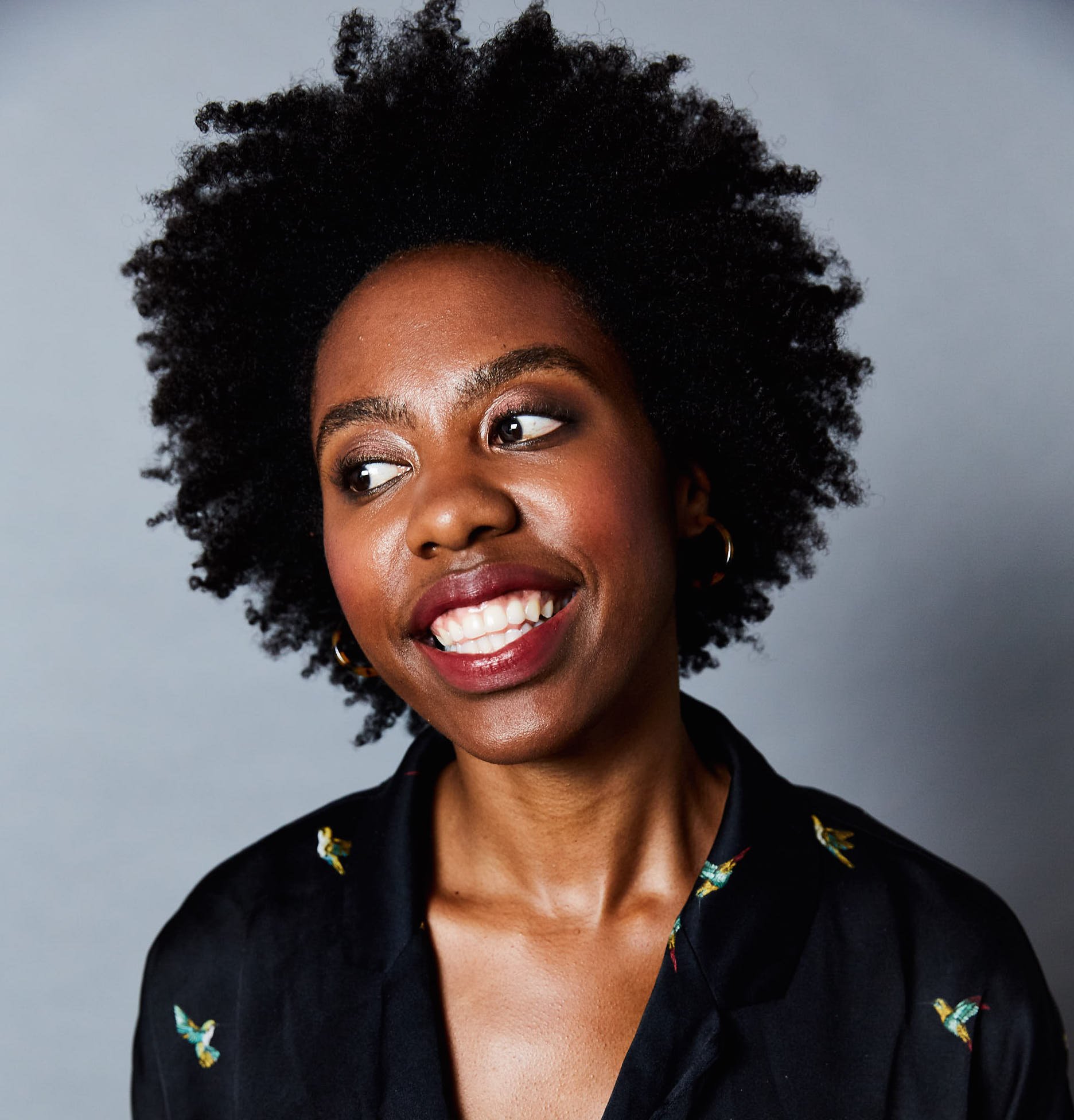

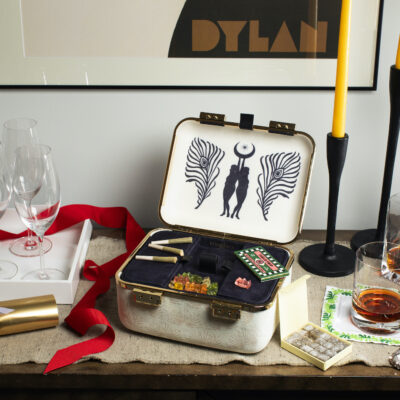
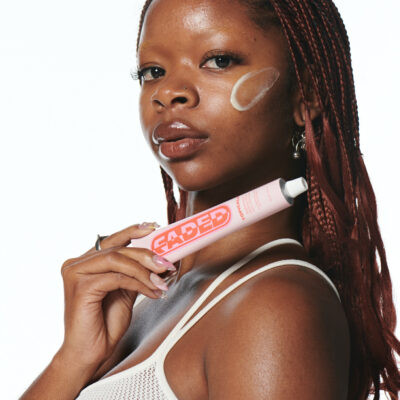
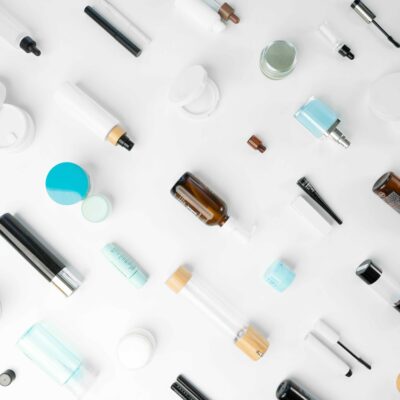
Leave a Reply
You must be logged in to post a comment.